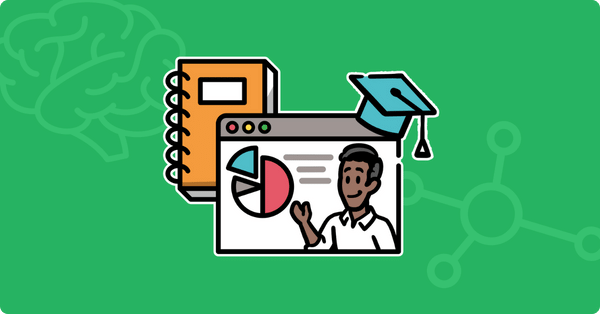Applying Contextualized Learning to Explainer Videos
“Content without purpose is only trivia” – Steve Revington
What is learning? What is the best way of teaching? How do we ensure that information is retained? And most importantly, how can a teacher effectively communicate with students who struggle to find the relevance of the topic? These challenges are daily reminders that curriculum and instructional approaches are to be considered with care when teaching. Contextualized learning addresses those challenges and strives for clear reasoning while building the bridges between content and student interest. Traditional approaches such as lecturing and teaching material using an abstract method aren’t as efficient.
What is contextualized learning?
 Instead of expecting the students to make the connections between the content and experience outside of the classroom by themselves, the idea is revised. The teacher aids in making these connections by implementing and consciously using the factors to their advantage in connecting knowledge with prior experiences or already mastered topics.
Instead of expecting the students to make the connections between the content and experience outside of the classroom by themselves, the idea is revised. The teacher aids in making these connections by implementing and consciously using the factors to their advantage in connecting knowledge with prior experiences or already mastered topics.
What changes ?
By doing so, students’ engagement increases significantly as they learn about the relevance of the content and likewise how to use it outside of the classroom. The concept incorporates research in cognitive science, linking different parts of the brain to deepen the learning and enhance the chance for the knowledge to be stored in the long term memory as it connects to different areas. Learning is a multifaceted process that cannot be fulfilled through drill-oriented, stimulus and response methodologies. The concept is based on the assumption that learning occurs when students process new knowledge in a way that it makes sense to them in their own memories, experiences, and responses. As the quote indicates at the beginning, the mind naturally strives to make sense of content by searching for connections and finding the usefulness in the information presented.
How does it relate to Explainer Videos?
Explainer videos have the great advantage of providing a multifaceted learning environment. They are flexible and can be accessed anywhere and anytime. Hence, they are the ideal stage for contextualized learning to take place. As students are wanted to internalize concepts through the process of discovering and relating to the content as well as reinforcement, explainer videos share this aim.
How do you incorporate contextualized learning approaches through explainer videos?
 So how exactly can this relationship be created? Let’s take a look at a few steps that will facilitate the transition.
So how exactly can this relationship be created? Let’s take a look at a few steps that will facilitate the transition.
- Select explainer videos that tackle different learner types through visuals and stimulating auditory guidance. Choose the videos in accordance with your audience.
- Vary the learning environments in which the children can watch the explainer videos. You could make use of the flipped classroom for instance.
- Have children apply their knowledge by creating their own videos and incorporating what studies reveal to be most efficient – retaining information by teaching one another.
- Choose authentic storytelling methods in the explainer videos to get your point across. Storytelling is one strategy to apply authenticity and create reference opportunities.
- Make use of students’ input when selecting the materials – have them search for suitable videos themselves, strengthening research skills.
By following these tips, you incorporate different forms of experience and work towards the desired learning outcomes. Therefore, the students may discover meaningful relationships between the theory and practice of the real world.
